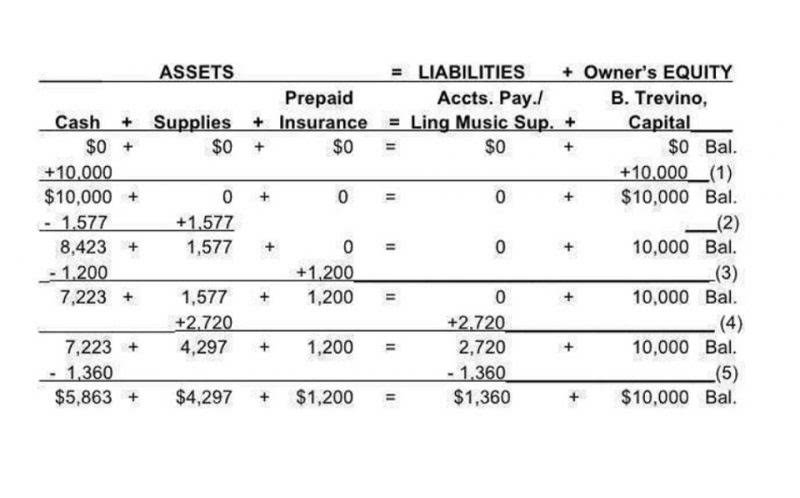
The general ledger accounts’ debit and credit column sums must equal one another to identify potential accounting issues. This equivalence aids in detecting flaws in the accounting records, such as omitted entries or incorrect transfer instructions. The main user of the trial balance is the general ledger accountant (or the bookkeeper in a smaller business). This person uses it as part of the month-end and year-end closing process, to ensure that the debit and credit totals match. It’s important to run a trial balance report and check it during the testing process of migrating from an existing accounting system to a new system that will replace it or add new functionality. The business needs to ensure that all accounts are mapped and included and will be posted to the general ledger.
This additional level of detail reveals the activity in an account during an accounting period, which makes it easier to conduct research and spot possible errors. Not all accounts in the chart of accounts are included on the TB, however. Usually only active accounts with year-end balance are included in the TB because accounts with zero balances don’t make it on the financial statements. For example, if a company had a vehicle at the beginning of the year and sold it before year-end, the vehicle account would not show up on the year-end report because it’s not an active account. As part of your review process, ensure that all trial balance accounts are posted to the general ledger. When you migrate to new accounting software systems, errors can occur without proper field mapping during the software conversion process.
Income
A balance sheet records not only the closing balances of accounts within a company but also the assets, liabilities, and equity of the company. It is usually released to the public, rather than just being used internally, and requires trial balance the signature of an auditor to be regarded as trustworthy. The equality of these two totals means that the books of the business balance. If they do not, there may be errors in the accounting cycle that need correction.

Accelerate your company’s accounting close by using automated batch payment reconciliation in Tipalti AP automation software. Read the white paper to learn more about holistic AP automation in accounting. Balance sheet accounts include Cash accounts, Marketable Securities, Accounts Receivable, Inventory, Fixed Assets, Prepaid Expenses, and Intangible Assets.
Guide: Understanding and Writing the Trial Balance Report
It is the first step in checking or auditing business finances as it helps accountants to be sure that no mathematical error happens before proceeding with other complex financial statements. It provides insights into your income and expenses over an accounting period. It’s common for small businesses to record errors on the trial balance when using a manual accounting system for journal entries; however, accounting software limits such errors. The Adjusted Trial Balance is the statement that listed down all the general ledgers after making the adjustments. This is the final trial balance that use to prepare the financial statements.
The trial balance sums up all the debit balances in one column and all the credit balances in another column. The significance of debit and credit entries cannot https://www.bookstime.com/articles/how-to-invoice-as-a-freelancer be overstated when it comes to maintaining a trial balance. These entries are a way to accurately record both the source and the usage of company resources.
